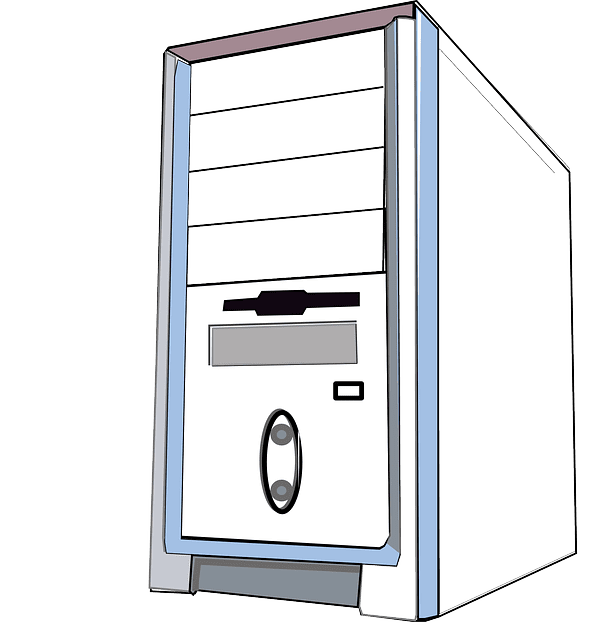What’s your secret sauce for getting clients besides being a former model?
I think it’s important to work harder than anyone on the 5,000-square-foot deals. You’re not always going to get the 300,000-square-foot deals right off the bat, but I work just as hard on the small ones because those clients become your clients for life.
How did you celebrate your first big deal?
It was my second year in the business. My dad worked at AXA Equitable and I had worked hard to get our company in front of them, and they had been exclusively represented by Cushman and Wakefield.
He got us an opportunity to pitch the CEO and we ended up winning. I had interned at AXA for a few years before that, so he knew who I was.
We ended up working out an 800,000-square-foot deal between a renewal at 1290 Sixth Ave. and moving 200,000 square feet to Jersey City, which was a major cost savings for them.
When I got my commission, I bought some baseball cards, saved some money, and started buying apartment buildings in Evanston, Illinois.
I bought a 12-unit building and ended up renovating the units. Now I own 13 buildings in Evanston.
What was your favorite deal?
It was in 2019. Carlyle, a private-equity firm, had 13 years left on their lease at 520 Madison Ave. and we figured out a very creative, out-of-the-box solution to get them out of their lease and move them over to 1 Vanderbilt, the newest building in town.
Carlyle wasn’t on the market for a new space, but we pitched them and they said if we could get them out of their building and into 1 Vanderbilt, we’d be hired.
In the end we approached SL Green, the owner of 1 Vanderbilt. They ended up taking over Carlyle’s Madison Avenue lease and we moved Carlyle over to their building.
After a year of meetings, planning and strategy, we figured out a solution for a tenant who was never in the market and all of a sudden overnight had exited their lease.
How are your tech clients navigating the office market?
Everyone talks about the “flight to quality.” It’s 100% a real thing where if tech companies know they’re going to have an office in New York, they need to reimagine what the future of the office is going to be.
If they’re not in a nice building, now they need to move into a much nicer one with amenities, outdoor space, clean air, and ways that employees, especially the younger ones, are going to be excited about coming to work every day.
We helped Match.com, Square, Tidal and Andreessen Horowitz all move into new buildings during the pandemic. Every one of their goals was to get people back to the office and try to find a better building.
Why are tech tenants leading the “flight to quality”?
The driving force is that tech clients have been in older buildings on side streets in Union Square or Gramercy or Chelsea and the company isn’t a startup anymore.
People don’t want to be at a building where there’s two elevators or the air conditioning doesn’t work. The employers can say, “Great, you’ve been gone for three years. We want everyone to come back to the office, and we have one of the best offices in the city.”
A lot of them want more meeting space than in the past, whether it’s more phone booths or more conference rooms or breakout rooms. I think people want instead of just having a rooftop to have tables where you can conduct meetings.
There’s kitchens, but there’s more usable kitchens. Instead of a little pantry it’s like a multifunctional, open and collaborative space.



